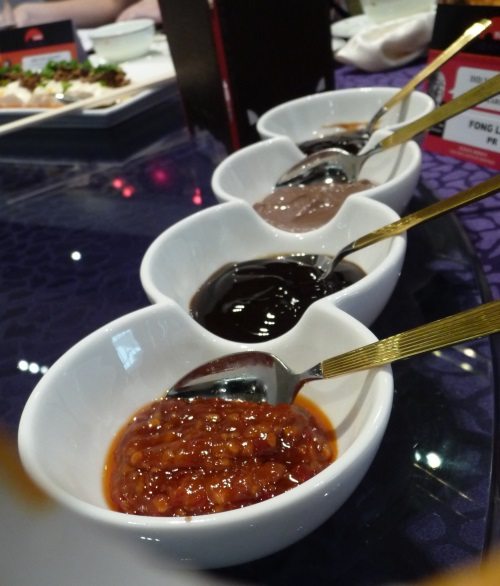French company Alland & Robert has developed a method of physical treatment that reduces the total plate count of hydrocolloids while preserving all their functional properties.
This innovation is based on a currently unique concept of flash heating, which gives Karaya gum microbiological quality.
Associated to a specific preparation and an original transfer of the products, this process assures a remarkable homogeneity of the temperature within the treated gums.
This process has opened new horizons to Karaya gum.
It may now be used alone or in association with other hydrocolloids.
Ultimately, for the formulation of coatings, fillings, dressings, desserts and emulsified sauces, Karaya gum can answer to new needs regarding texture improvement.
Karaya gum is a natural gum exudation obtained by the incision of the stems and branches of Sterculia trees.
Also commonly named Sterculia, it is collected by hand on sterculia trees growing on dry and rocky areas, mainly in specific regions of Africa (especially in Senegal and Mali) and India.
It has been used for many centuries – and is still very common – in traditional African and Indian cooking.
Karaya gum can be found in products such as dietary products, desserts, medication, donuts, savory sauces, ready-to-eat meals, ice creams, and biscuits.
Without any chemical modification, the gum offers many functional properties: texturing and bulking agent, dietary fiber, adhesive compound, viscosity control agent, water retention and suspending properties.
Karaya gum’s effect on textures is significant, even at low concentrations.
It is 100% natural and vegetarian, free from pesticides and GMOs.
It contains no gluten and is high in fiber.
It is classified as E416 by the EFSA (European Food Safety Authority) additive referential.
According to the EFSA and the JECFA (the Joint FAO/WHO Expert Committee on Food Additives), there is no safety concern for Karaya gum and there is no need for a numerical ADI (Acceptable Daily Intake) for Karaya gum.










